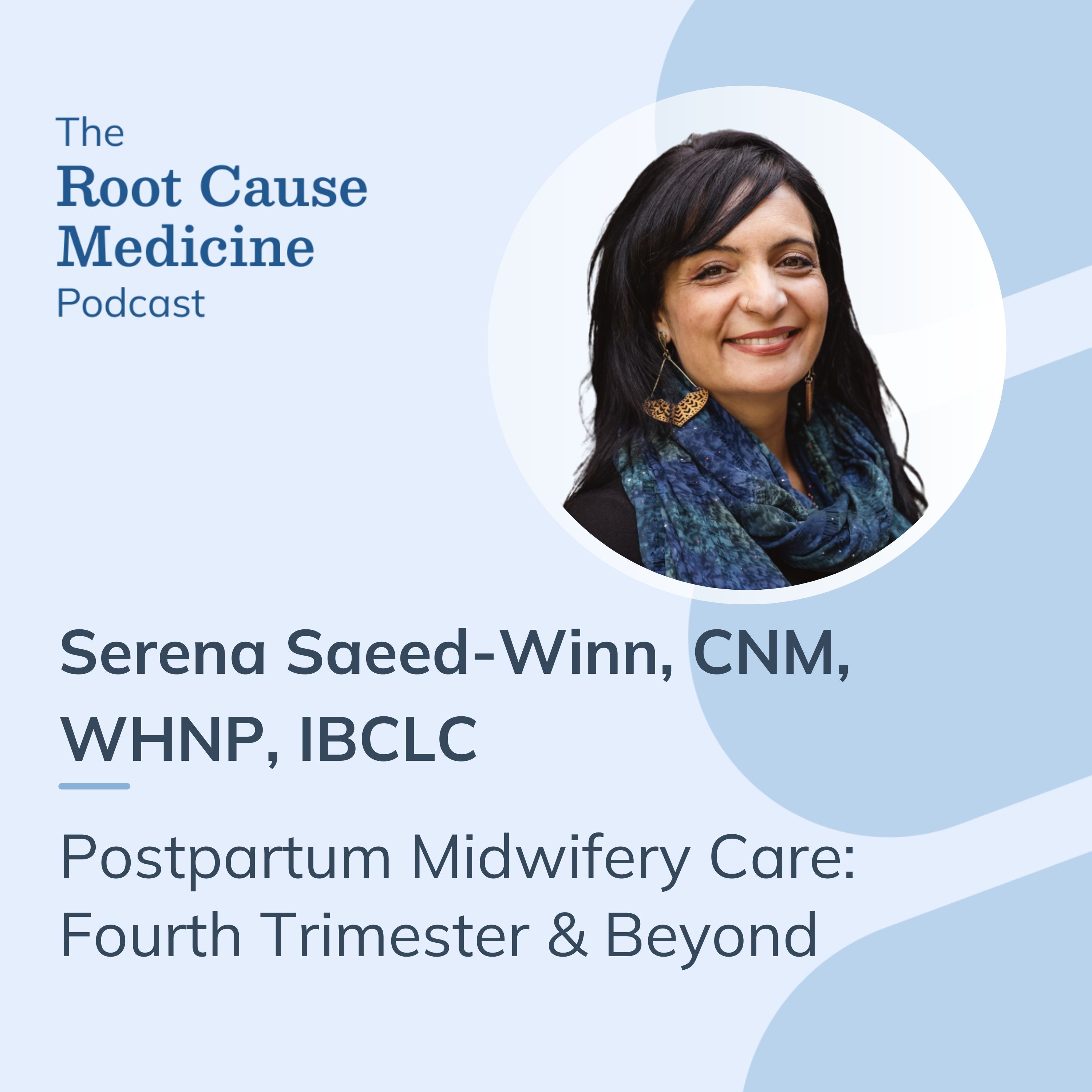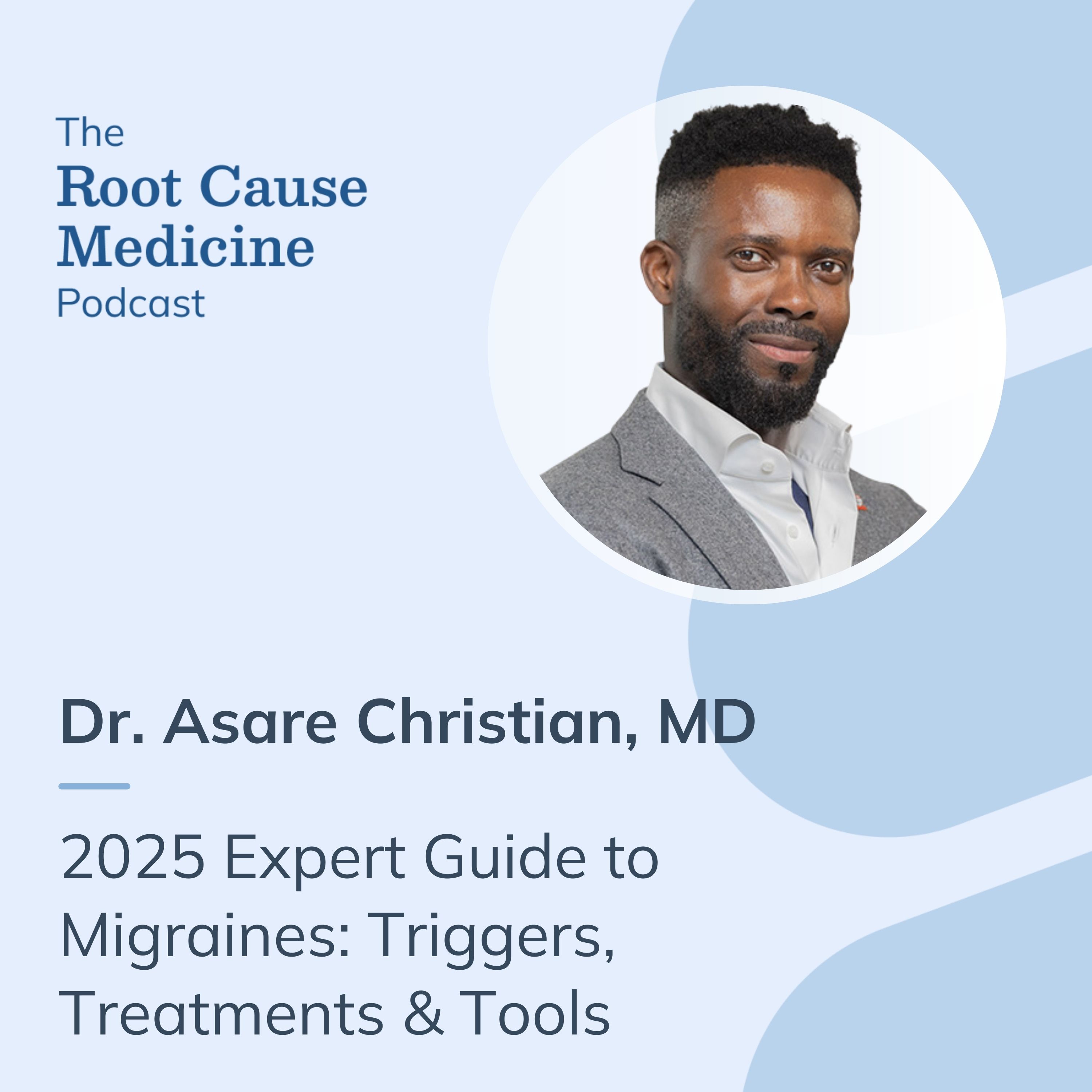Impetigo is a contagious, bacterial skin infection typically seen among children; it accounts for 10% of pediatric skin complaints. This article will discuss what impetigo is, including its causes, symptoms, and characteristics. We’ll then discuss laboratory testing relating to impetigo and conventional and integrative medicine approaches.
[signup]
What is Impetigo?
Impetigo is a skin bacterial infection that causes blisters that can be both painful and itchy. There are three types of impetigo: non-bullous impetigo, bullous impetigo, and ecthyma. Impetigo is more common in the summer months, and children are more likely to acquire impetigo as compared to adults. The most common age of impetigo infection is between two and five years old. The occurrence of impetigo is the same for males and females in children, but in adults, it’s more commonly seen in men.
What Causes Impetigo?
Impetigo is most commonly caused by the bacteria Staphylococcus aureus (commonly known as “staph”) or Group A Streptococcus (bacteria causing strep throat). Staph resistant to antibiotics which usually treat staph infections, is referred to as methicillin-resistant staph aureus (MRSA), which can also cause impetigo.
Impetigo can occur from intact skin or previously injured skin. Bacteria can colonize open skin due to cuts, scrapes, bites, burns, and other traumas. Certain infections can also break down the skin, making it more susceptible to impetigo, including varicella (chicken pox) and herpes.
Impetigo Symptoms
The symptoms of impetigo will vary depending on the type. There are three types of Impetigo.
Non-bullous Impetigo
Non-bullous impetigo is the most common type, as all cases of impetigo will start as this type. One or more sores develop rapidly and quickly burst, leaving red and raw skin that will eventually have a honey-golden crust form over them. The sores may itch, and they may be painful. Lymph glands in the neck around the sores will be swollen. Sores heal without scarring.
Bullous Impetigo
Bullous impetigo is the most common type in children under the age of two: it makes up 90% of cases in this age group. Bullous impetigo begins as fluid-filled, large blisters that form on the skin; the skin around the blister seems not to be affected as it is not red. The blisters then appear to deflate and become clear prior to breaking. Crusts will form where the blister popped open. Skin will heal without scarring.
Ecthyma
Ecthyma impetigo occurs when non-bullous or bullous impetigo goes untreated. This type of impetigo penetrates deeper layers of the skin and starts as painful blisters that open into deep sores. Redness in the surrounding skin appears, and a thick crust forms over the sore. Scarring can occur because multiple layers of the skin are involved.
In rare cases that are left untreated, impetigo caused by Streptococcus can lead to serious medical conditions, including glomerulonephritis, a kidney condition, or rheumatic fever, a condition that can affect the heart.
Is Impetigo Contagious?
Impetigo spreads through direct contact and is highly contagious. Mucus, nasal discharge, and skin-to-skin contact on sores can spread impetigo. Impetigo can also be spread using infected people’s towels, clothing, and other personal items.
Infected people that go untreated can spread the infection for weeks. Once treatment begins, individuals are contagious until the scab falls off and the lesions disappear, or two days after starting antibiotic treatment.
How Is Impetigo Diagnosed?
Impetigo is usually a clinical diagnosis, meaning the physician will diagnose it based on observation and appearance. A physician may swab the lesions to identify the specific organism causing the infection, which can help the physician choose the most appropriate antibiotic.
Functional Medicine Labs to Test for Patients With Impetigo
Functional medicine labs indicated for patients with impetigo include testing for Streptococcus antibodies.
Streptococcus Antibodies
As discussed above, rare cases of strep-causing impetigo can lead to serious complications, including glomerulonephritis and rheumatic fever. If a patient presents with either of these conditions, a physician may ask the patient if they’ve recently had strep throat or impetigo to determine the root cause. If the patient is unsure, the physician may order a strep antibody test: the antistreptolysin O (ASO) titer test, which will tell if there was a previous strep infection or not. Levels for adults should be equal to or less than 160 Todd units/mL. Ranges for children are age-dependent: 6 months to 2 years should be less than or equal to 50 Todd units/mL, 2-4 years less than or equal to 160 Todd units/mL, and 5-12 years 170-330 Todd units/mL. Infants under six months should have levels similar to their mother’s levels.
Conventional Approaches for Impetigo
Since impetigo is a bacterial infection, it is typically addressed with antibiotics to manage the bacteria. Topical antibiotics in the form of creams are often used. However, if impetigo is widespread, oral antibiotics may be considered.
Integrative Approaches for the Management and Prevention of Impetigo
Care should be taken to wash clothing, personal items, and linens that an infected person uses. Bandages may be used to cover the lesions. Frequent hand washing and bathing regularly are also recommended to help prevent the spread.
Nutrition and Dietary Considerations for Impetigo Patients
While there is no specific diet for impetigo, it may be wise to consume a low-sugar, high-phytonutrient diet. Sugar has the potential to increase the inflammatory process, which may affect the immune response. Phytonutrients found in fruits and vegetables can support a healthy immune response. One example of a phytonutrient-rich diet is the Mediterranean diet, which is a low-sugar, phytonutrient-packed diet. This consists of fresh fruits, vegetables, herbs, spices, minimally processed whole grains, beans and legumes, fatty fish, olive oil, nuts, and seeds. Following this diet may help support immune function.
Supplements and Herbs That May Support Impetigo Management
Supplements and herbs that may support the management of impetigo include tea tree oil, probiotics, prebiotics, and vitamin D.
Tea Tree Oil for Impetigo
Melaleuca alternifolia, or tea tree, is a tree native to Australia. Australian aboriginal people have used this tree and its various parts for various purposes. The oil from tea trees is extracted from the leaves and may be beneficial for impetigo. Tea tree oil has properties that may affect the two impetigo-causing bacteria, Streptococcus and Staphylococcus. One study aimed to compare the effectiveness of tea tree oil against conventional therapies for reducing colonies, or carriage, of methicillin-resistant Staphylococcus aureus (MRSA). Results showed that the group given tea tree oil had more people free of MRSA carriage than the conventional treatments. Another study on hospitalized patients with MRSA infections showed similar results when patients were given either tea tree oil or standard treatments. While the results showed similar effectiveness between both groups for MRSA carriage management, it also showed additional benefits for tea tree oil as it was superior to conventional treatments with regard to the resolution of superficial skin lesions.
Probiotics and Prebiotics to Support the Gut-Skin Axis for Impetigo
Many people are aware of the gut microbiome: a collective group of organisms that live within our large intestine and influence digestion, absorption, hormone metabolism, inflammatory and immune regulation. Interestingly, the skin also has its own microbiome; in fact, there are one hundred trillion microbes in the gut microbiome and one trillion microbes in the skin microbiome. One of the functions of the skin microbiome is to serve as a barrier against various offending agents. The gut microbiome and skin microbiome seem to interact and have been referred to as the gut-skin axis. A gut dysbiosis, or imbalance between the good and bad microbes of the microbiome, has been associated with an alteration of the skin's immune response and impaired barrier function. If the skin's barrier is impaired, it may be more susceptible to offending agents, such as strep and staph organisms.
Prebiotics help the body produce short-chain fatty acids (SCFAs). SCFAs feed the microbiome but can also enter into the circulation and affect other body systems, including the integumentary system or the skin. SCFAs have the ability to affect receptors on the skin's surface and alter the skin microbiome.
Vitamin D for Impetigo
Vitamin D is a fat-soluble vitamin and is involved in bone mineralization, immune modulation, inflammatory and muscle function, and blood sugar regulation. Deficiency of vitamin D is common, with an estimated 7.6 million American children and adolescents reporting vitamin D deficiency. Vitamin D deficiency can manifest with many symptoms, including fatigue, depression, muscle cramps, and more. Vitamin D deficiency may also increase the risk of infections by the impetigo-causing bacteria, Staphylococcus aureus.
Preventing Recurrent Impetigo
In order to prevent impetigo from recurring it’s important to have good hygiene, including promptly cleaning cuts, scrapes, bites, and scratches. Chronic conditions that may leave skin susceptible to infections, including eczema, should also be cared for properly to help prevent impetigo. Additionally, if impetigo reoccurs a nasal swab may be done to check for Streptococcus aureus in the nasal cavity, as many people have small amounts of Strep in the nose that does not cause harm on its own, but it may be the source of chronic impetigo cases.
[signup]
Summary
Impetigo is a common bacterial skin condition in children but can also occur in adults. The symptoms of impetigo can vary depending on the type and, most of the time, will not result in permanent scarring of the skin. It’s important for physicians to understand the sequela of impetigo; even though they are rare, they are severe. It's also important to know antibody testing for strep is available since strep is the bacteria that can lead to severe sequela. Conventional impetigo management includes topical and sometimes oral antibiotics. Integrative approaches can also be considered for supporting the management and prevention of impetigo.












%201.svg)







